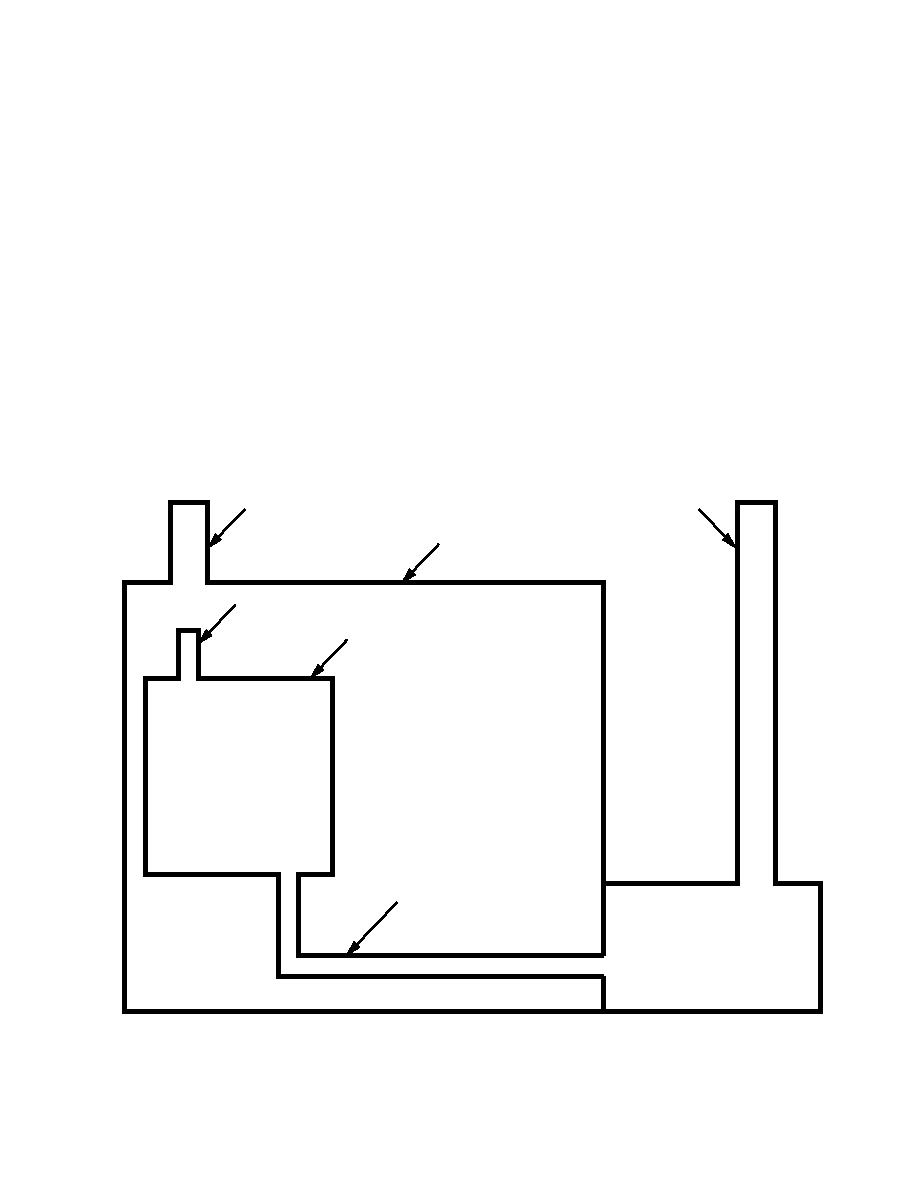 |
|||
|
Page Title:
Figure 7. Typical tritium facility single-pass ventilation system |
|
||
| ||||||||||
|
|  DOE-HDBK-1132-99
comparable exposures to tritium gas (HT, or, more correctly, T2). Although real-
time monitoring systems had been developed to detect the presence of tritium
in the working environment, the monitoring systems of the time could not
differentiate between the more hazardous chemical species (HTO) and the less
hazardous chemical species (HT). As a consequence, the basic philosophy for
worker protection revolved around the use of high-volume-airflow, single pass
ventilation systems.
The high-volume-airflow, single-pass ventilation systems of the time were
intended to provide several air changes per hour, throughout an entire building,
24 hours a day, 365 days a year. (See Figure 7.) From the perspective of the
building, outside air was brought into the building by the supply fans; incoming
air was then conditioned for comfort, passed through the working spaces, and
Stack
Air
Intake
Building
Air
Intake
High Velocity
Air Hood
Pressure zone control
used to move air from
Typical face
lower contamination
velocity of
areas to higher
100-125
contamination areas
linear feet/min
and then out the stack
Hood Exhaust
Duct
FIGURE 7. Typical tritium facility single-pass ventilation system.
I-110
|
|
Privacy Statement - Press Release - Copyright Information. - Contact Us |